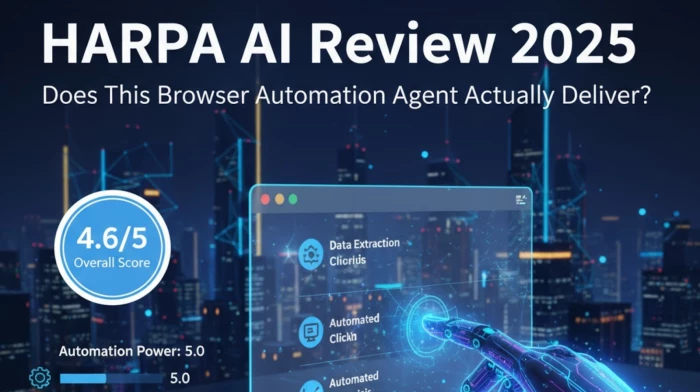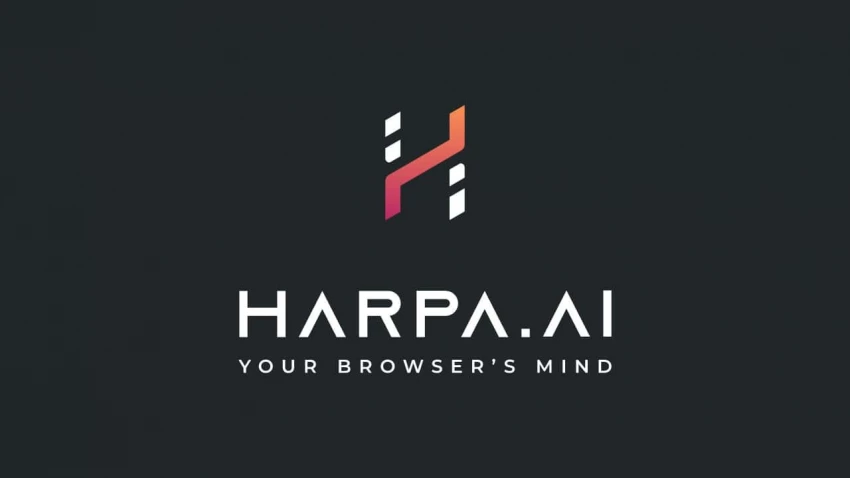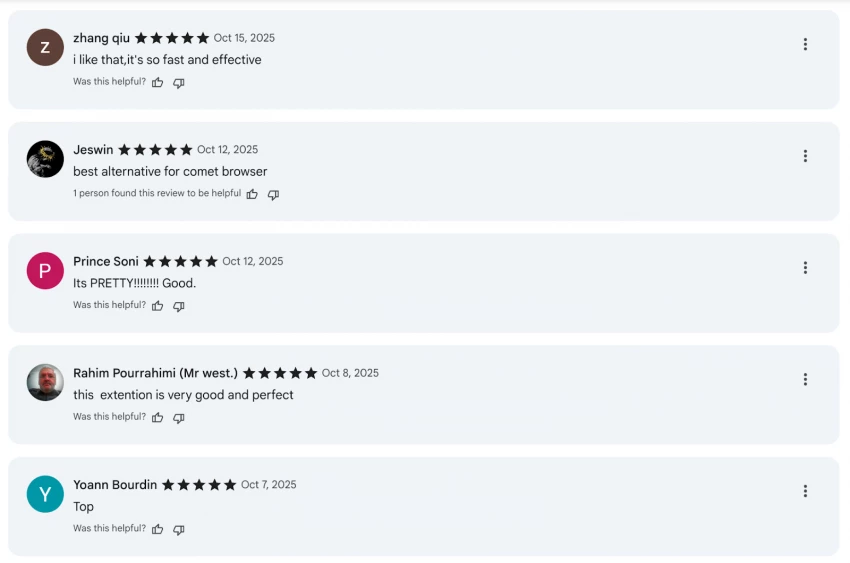

Most people open their browsers expecting to read, research, or get a few tasks done. Power users expect more. They want something that can think with them, work beside them, and take over the repetitive click-heavy jobs that eat into their day. HARPA AI positions itself as that kind of companion.
Instead of behaving like another AI pop-up or search overlay, HARPA turns Chrome into an active workspace. It brings together advanced language models and real browser automation, which gives it an unusual edge: it doesn’t just generate text, it interacts with the page you’re looking at.
So the real question is simple: Does this hybrid design justify the price, and does it actually save time for people who depend on the web to get work done? Let’s break it down.
| Category | Score |
|---|---|
| Overall Score | 4.6 / 5 |
| Core AI Outputs | 4.5 |
| Automation Power | 5.0 |
| Pricing Value | 4.0 |
| Ease of Use | 4.0 |
| Privacy & Security | 4.5 |
This puts HARPA among the strongest browser-based AI tools available right now.

At its core, HARPA is a browser agent that combines two functions most extensions treat separately.
HARPA gives you access to multiple top-tier AI models, including the latest versions of GPT, Claude, and Gemini. You choose the model you want for each job, which helps tailor the quality and speed of the output.
This is where things get interesting. HARPA doesn’t just read the page, it can work with it. You can tell it to extract specific data, click buttons, monitor sections of a page, fill a form, or collect information that would normally require manual digging.
That mix of analysis and action is what sets it apart. It behaves like an assistant that sees what you’re seeing and responds with context.

HARPA’s automation features aren’t gimmicks. They solve real workflow problems.
If your job involves comparing competitors, tracking product details, gathering research, or harvesting structured tables, HARPA handles it quickly. You don’t need scripts or scraping tools. You just ask.
You can tell HARPA to keep an eye on a webpage and notify you when something changes.
It’s like turning the browser into a live feed that works while you're busy elsewhere.
HARPA links smoothly with popular automation platforms. Anyone who builds workflows in Zapier, Make.com, or n8n can connect HARPA’s data with their larger automations.
It becomes part of a broader system.

Because HARPA lets you switch between different AI models, the writing and summarization quality stays consistently good.
The accuracy is noticeably stronger when the source material is right in front of it, reducing guesswork or hallucinations.
HARPA’s pricing is built around a token system called Megatokens. It looks technical at first glance, but the structure is straightforward.
One Megatoken equals roughly three-quarters of a million processed words. Input is cheap; output costs a bit more. But the yearly allocation is generous compared to most subscription-based AI tools.
For people who need predictable budgeting, this setup is clear and manageable.

Most users mention how natural it feels to access HARPA through a simple keyboard shortcut. It becomes part of the browsing flow instead of another window to juggle.
Basic functions are easy. The advanced commands take time to learn. But for people who rely on automation, that curve pays off quickly. Power users often describe the tool as one that gets better the more you push it.
HARPA processes most tasks locally and avoids storing your data. Its API providers don’t train on your content. The team follows GDPR principles, and third-party evaluations have noted that it engages in contextual personalization only — not broad tracking or profiling.
Among AI browser extensions, it sits on the safer end of the spectrum.
| Tool | Focus | Strength | Weakness |
|---|---|---|---|
| HARPA AI | Automation + AI | Real page interaction | Higher learning curve |
| Perplexity | Search + Research | Reliable, cited results | No automation |
| Jasper | Content writing | Strong long-form generation | Expensive for most users |
If your priority is automating your browser, nothing in this list competes. If you only need research or writing, you may prefer the others, but you lose automation entirely.
HARPA isn’t trying to be another chatbot. It’s built for people who live inside their browser and want to offload repetitive work.
If your role involves:
…you’ll see the value almost immediately.
The S1 plan hits the sweet spot for most professionals. Unlimited commands plus premium AI models at a reasonable price make it one of the more cost-effective AI tools in this category.
Bottom line: If saving time matters more than generating pretty paragraphs, HARPA AI is one of the smartest investments you can make for 2025.
Be the first to post comment!